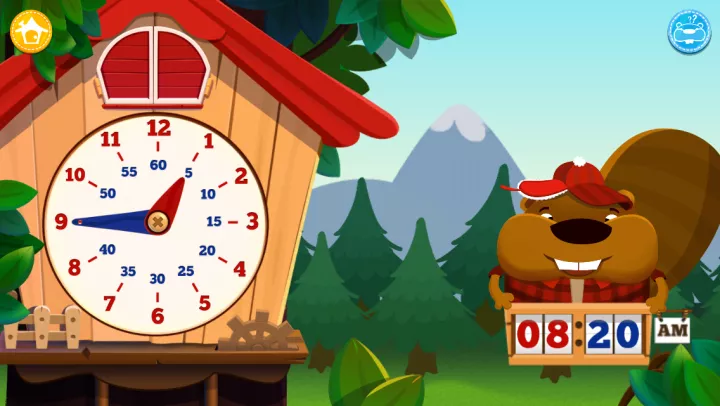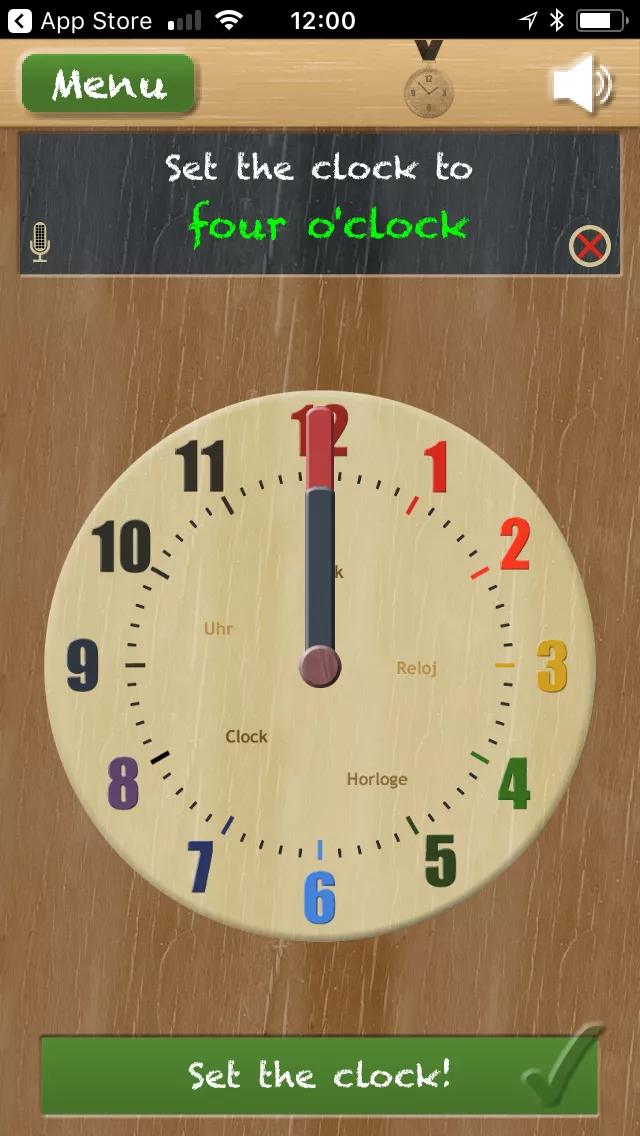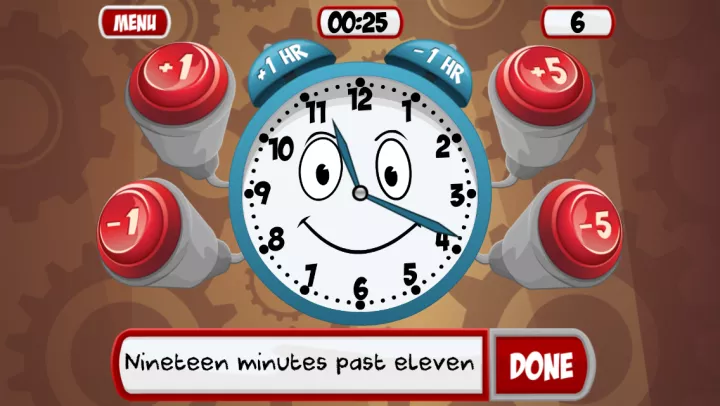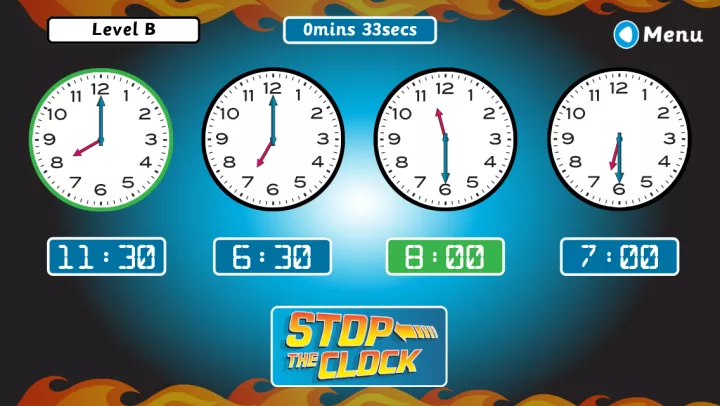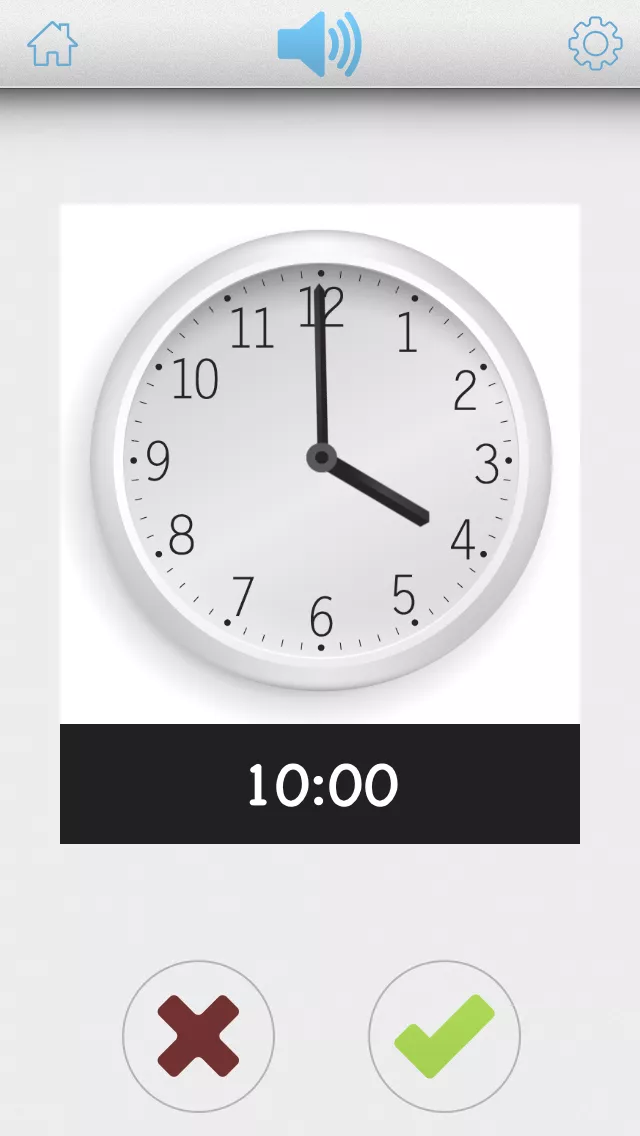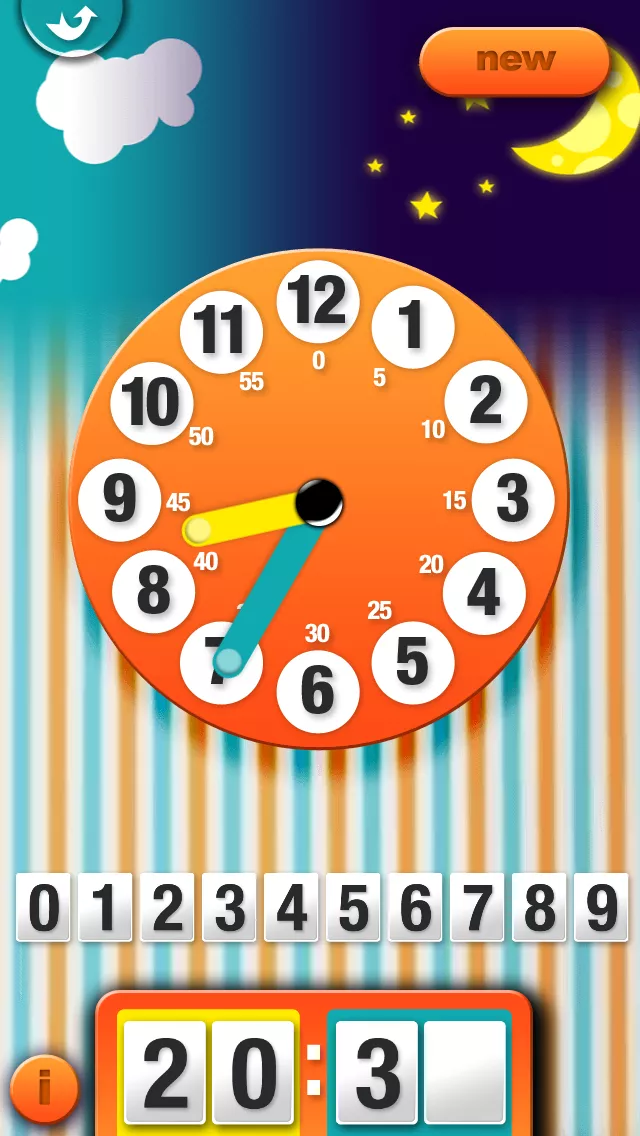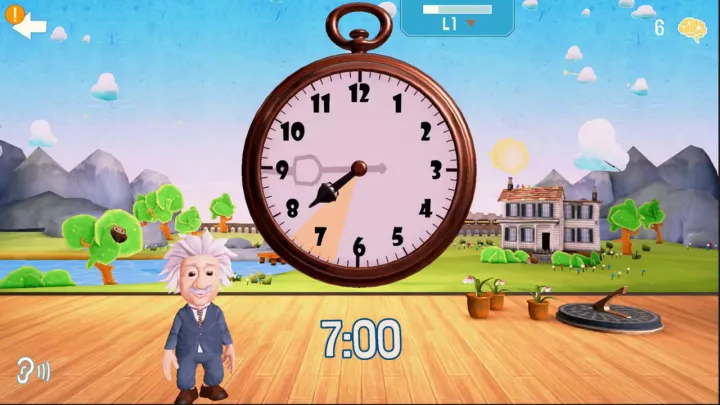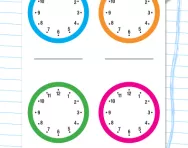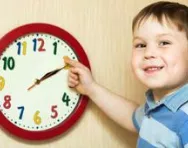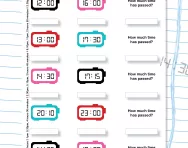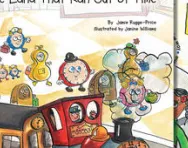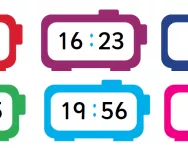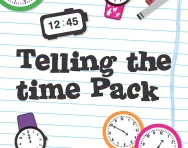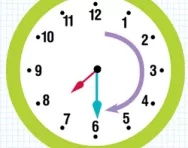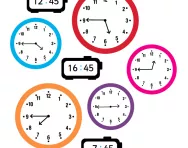Important update from TheSchoolRun
For the past 13 years, TheSchoolRun has been run by a small team of mums working from home, dedicated to providing quality educational resources to primary school parents. Unfortunately, rising supplier costs and falling revenue have made it impossible for us to continue operating, and we’ve had to make the difficult decision to close. The good news: We’ve arranged for another educational provider to take over many of our resources. These will be hosted on a new portal, where the content will be updated and expanded to support your child’s learning.
What this means for subscribers:
- Your subscription is still active, and for now, you can keep using the website as normal — just log in with your usual details to access all our articles and resources*.
- In a few months, all resources will move to the new portal. You’ll continue to have access there until your subscription ends. We’ll send you full details nearer the time.
- As a thank you for your support, we’ll also be sending you 16 primary school eBooks (worth £108.84) to download and keep.
A few changes to be aware of:
- The Learning Journey weekly email has ended, but your child’s plan will still be updated on your dashboard each Monday. Just log in to see the recommended worksheets.
- The 11+ weekly emails have now ended. We sent you all the remaining emails in the series at the end of March — please check your inbox (and spam folder) if you haven’t seen them. You can also follow the full programme here: 11+ Learning Journey.
If you have any questions, please contact us at enquiries@theschoolrun.com. Thank you for being part of our journey it’s been a privilege to support your family’s learning.
*If you need to reset your password, it will still work as usual. Please check your spam folder if the reset email doesn’t appear in your inbox.
Best telling the time apps for kids

The apps reviewed are not produced or distributed by TheSchoolRun. All details were correct when we reviewed them, but please note that some apps can be very short-lived and may become unavailable to download. We are unable to guarantee that the app listings we provide are completely up-to-date at all times.
Best for understanding the science of time
Tic Toc Time, £3.99, Apple
Tic Toc Time is designed not just to teach children to read a clock, but to understand the science behind how we tell the time. It involves working through interactive games and tasks in sequence, taking your child through the various concepts that time-telling is based on.
The first stage – The Compass – introduces the four points of the compass and how they relate to the sun’s position in the sky. Holding their phone or tablet, your child has to turn around to find the compass points. Next, The Sun and The Shadow explores the relationship between shadows and the sun, including reading a sundial.
Your child is then introduced to the 24-hour clock face and the concepts of AM and PM before building their own clock by dragging the numbers and hands into position. Only then do they begin to complete time-telling activities, including dragging the hands to a given time position (with the movement of the small hand introduced first), and stop the clock challenges that involve matching analogue and digital times.
Aimed at five- to eight-year-olds, this app isn’t a quick fix as your child has to work through the steps in sequence, but it’s great for enquiring minds who love to understand the reasoning behind what they’re learning.
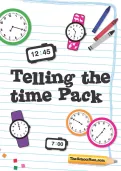
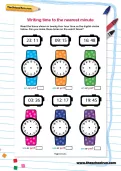
Teach your child to tell the time!
- Telling the time pack
- Step-by-step programme
- Worksheets and tutorials
Best for progressive learning
Set the Clock, 79p, Apple and Android
This simple app will help your child practise time-telling activities in the order that they’re taught at school, beginning with telling the time to the hour, then introducing half-hours, quarter-hours and five-minute intervals.
There are several different types of challenge, including Set the Clock, where your child has to move the hands on an analogue clock face to the given time; Telling the Time, where they have to choose which clock shows the given time from a group of four; Adjust the Clock, where they have to move the clock hands forward or backwards by a given interval; and Set the Digital Clock. Each has five levels of increasing difficulty.
Your child earns bronze, silver and gold medals for solving problems correctly. It’s also great for children who are learning a foreign language at school, as you can set the app to ask questions in other languages including French, German, Spanish and Chinese.
Best for converting digital to analogue
iR Telling Time, 99p, Apple
Developed by Primary Games Ltd, which produces a whole range of curriculum-linked maths apps, iR Telling Time will help your child become faster and more confident with reading and setting an analogue clock.
Each round involves your child being given either five questions, or 10 in later levels. They are either given a time in words (e.g. five minutes past twelve) or as a digital reading on a 24-hour clock (e.g. 22:30); they must then set the clock to the right time by pressing buttons to jump forwards or backwards in one-minute, five-minute and one-hour intervals. Each level is timed so they can challenge themselves to beat their previous scores.
The app, although basic, is a good way to help your child get to grips with how to convert times on the 24-hour clock to analogue, a key skill that is taught in Year 4.
Best for building speed
Stop the Clock, 99p, Apple
Being able to solve mental maths problems quickly, including those involving telling the time, is an important skill for children who are approaching KS2 SATs or the 11+. Stop the Clock is a great way to help them become fast and fluent in reading the 12- and 24-hour clock.
The game involves your child matching four clock faces with the corresponding time written either in words or as a digital time. Once they’ve matched all four, they hit the ‘Stop the Clock’ button to find out if their answers are right – and how long it took them. The app records their best times so they can try to improve on them.
There are various levels of increasing difficulty, starting with telling the time to the hour right through to telling it to the minute. Higher levels also introduce the 24-hour clock, and once your child is feeling really confident, Challenge mode will test them on a range of questions from all the previous levels.
Best for variety
Telling Time – 8 Games to Tell Time, £1.99, Apple
Simply designed with lovely clear clock faces, this time-teaching app is ideal for kids who like to vary the tasks they’re working on.
The first step is to choose which set of times your child needs to practise, including whole hours, quarter past/to, half past/to and beyond. You can also decide what wording you want your child to use (for example, five past or :05). They then have access to eight different games, including Flashcards, Photo Touch (where they have two pictures of clocks and have to pick the one that shows the spoken time), Match Up (where they match the analogue time to a digital time) and Bingo.
Nifty features include the ability to create different user profiles for different children, including uploading their photo, and to record your own voice speaking the times. The plain layout may not offer enough to hold a younger child’s attention, but is suitably grown-up for KS2 kids who need to practise their time-telling skills.
Best for mastering the 24-hour clock
Telling Time for Kids by Alexandre Minard, £1.99, Apple
Primary school children are expected to have a sound knowledge of both the 12- and 24-hour clock. This app is ideal for children who can already tell the time, helping them learn how digital times appear on analogue clocks.
The app gives your child a digital time that they then have to make on the analogue clock above by dragging the hands into the right position. But they have to show whether it’s a day or night time by making sure the sky scene at the top of the screen corresponds to the time on their clock. For example, at 11.15, a bright blue sunny sky appears; for 23.15, it’s black and starry.
An alternative game shows a time on a clock face, with the corresponding day or night sky; your child then has to drag the right numbers onto a digital clock, using the 24-hour clock. With two quiz modes and a practice section where your child can create their own times on an analogue clock and see how the digital one appears, or vice versa, this app will help them become fluent with reading both the 12- and 24-hour clocks.
Best for step-by-step learning
Human Heroes Einstein’s Clock, free, Apple and Android
This lovely app, featuring the voice of Stephen Fry as Albert Einstein, walks your child through the different stages of learning to tell the time, from learning where the numbers are on the clock to telling the time to increasingly precise intervals.
The exercises involve your child moving the hands of a clock by dragging them with their finger to show a given time. It begins by highlighting where the hands should go, and then challenges your child to work independently. Progressing through each level unlocks the next, and it also shows your child how the time affects the stage of day or night.
The app features high quality visuals and animations, assistance when your child struggles, rewards to be earned, and even jokes from Einstein himself to keep them engaged.
